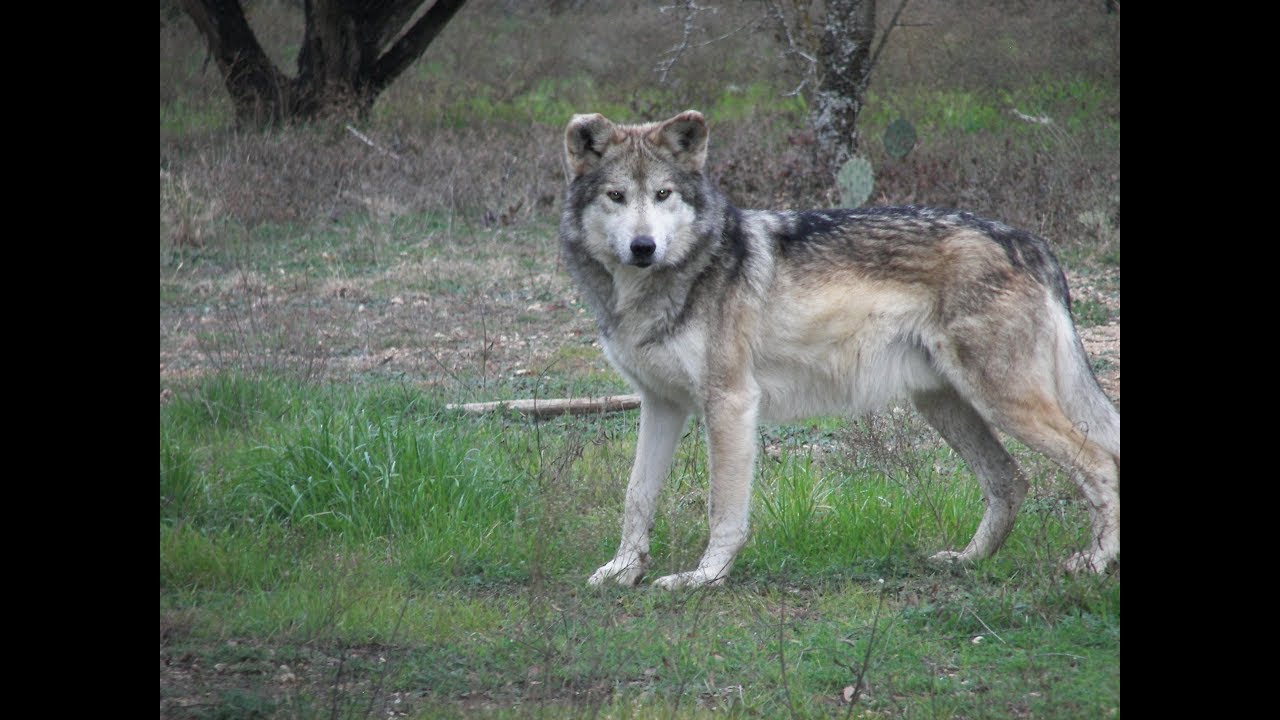- An overview of Fossil Rim Wildlife Center’s conservation efforts focused on Mexican wolves.
- The ecological significance of Mexican wolves and their critical role in the ecosystem.
- Details on the breeding programs and management strategies employed at Fossil Rim Wildlife Center.
- Strategies for public engagement and education about Mexican wolves and conservation efforts.
- Collaboration and partnerships that enhance the success of conservation programs.
Fossil Rim Wildlife Center’s unwavering dedication to conserving the Mexican wolf is an exemplary model of modern wildlife conservation. Nestled in Glen Rose, Texas, this 1,800-acre facility is a sanctuary for a variety of threatened and endangered species, including the captivating Canis lupus baileyi, commonly known as the Mexican wolf. Through its multifaceted conservation and education programs, Fossil Rim aims to ensure the survival and sustainability of these magnificent creatures.
The Ecological Importance of Mexican Wolves
Mexican wolves, the smallest subspecies of the North American gray wolf, once roamed the southwestern United States and Mexico in abundance. Their status as apex predators is integral for maintaining the ecological balance within their habitats. By preying on ungulates such as deer and elk, they help regulate herd sizes, preventing overgrazing and promoting a healthier ecosystem. This cascading effect supports a diverse array of plant and animal species. Unfortunately, human-wildlife conflict, habitat destruction, and intense predator control programs led Mexican wolves to the brink of extinction by the mid-20th century. Understanding their ecological importance underlines the critical necessity of the conservation efforts spearheaded by Fossil Rim Wildlife Center.
Breeding Programs and Management Strategies
At the heart of Fossil Rim’s conservation initiatives are carefully structured breeding programs for Mexican wolves. The center is a participant in the Mexican Wolf Species Survival Plan (SSP), which coordinates breeding efforts among zoos, wildlife centers, and government agencies across North America. This collaborative network is designed to maintain genetic diversity and bolster population numbers.
Fossil Rim meticulously manages these programs with scientific precision. The wolves are housed in spacious, natural enclosures that mimic their wild habitats, allowing them to exhibit natural behaviors. This approach not only enhances their well-being but also increases the likelihood of successful reintroduction into the wild. Staff biologists continually monitor health parameters and genetics to select suitable breeding pairs. Advanced techniques, such as assisted reproductive technologies, are employed when necessary to enhance genetic variability and fertility rates.
Education and Public Engagement
A critical component of Fossil Rim’s mission involves educating the public about Mexican wolves and the challenges they face. The center employs a variety of strategies to foster awareness and support for their conservation efforts. Interactive exhibits, guided tours, and educational workshops offer visitors an opportunity to learn about the biology, behavior, and ecological significance of Mexican wolves. These initiatives are vital for cultivating a deeper understanding and appreciation for wildlife conservation.
Outreach programs extend beyond the boundaries of the wildlife center, reaching schools and community groups throughout the region. By engaging younger audiences, Fossil Rim aims to inspire future generations to become active participants in wildlife conservation. Social media campaigns and virtual experiences have also enhanced accessibility, allowing global audiences to connect with the center’s mission and the urgent need to save the Mexican wolves.
Collaboration and Partnerships
Fossil Rim Wildlife Center recognizes the importance of collaboration in ensuring the success of its conservation programs. Partnerships with governmental bodies, non-profit organizations, and academic institutions strengthen their efforts by providing additional resources, expertise, and advocacy. The center works closely with the United States Fish and Wildlife Service and the Arizona Game and Fish Department to facilitate the reintroduction of captive-bred wolves into their natural habitats.
Additionally, collaborating with geneticists, ecologists, and veterinary experts is crucial for advancing conservation methodologies and technologies. These partnerships culminate in the development of comprehensive strategies that address the multifaceted challenges facing Mexican wolves and enhance the potential for sustainable population recovery.
Through diligent efforts in breeding, education, and collaboration, Fossil Rim Wildlife Center plays a pivotal role in conserving Mexican wolves and fostering a deeper connection between people and wildlife. Its holistic approach is a testament to the power of dedicated conservation, ensuring that the Mexican wolf continues to thrive as a vital component of the North American wilderness.
*****
Source Description
This is Canis Lupus Baleyi or you might know it as the Mexican wolf. Help us this North Texas Giving Day to help keep this species for future generations.
Music Credit: hooksounds.com


